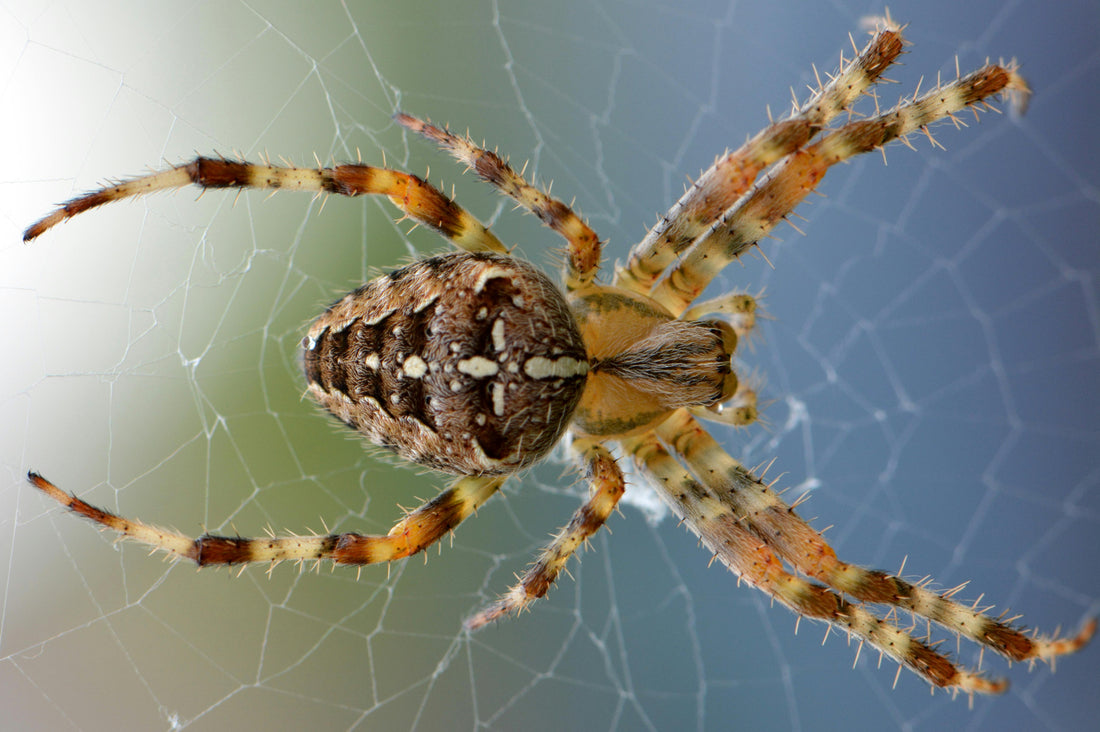Understanding Biosecurity
Biosecurity refers to the measures taken to protect against the introduction and spread of harmful organisms such as pests, diseases, and invasive species. For farmers, implementing robust biosecurity practices is essential to safeguard the health of crops and livestock, prevent economic losses, and maintain a sustainable farming operation.
Key Biosecurity Practices for Farmers
1. Controlled Access Points
Limiting access to your farm is a fundamental biosecurity measure. Establish controlled entry points and restrict access to essential personnel only. Use signs to designate restricted areas and educate visitors and workers about the importance of biosecurity.
Key Benefits:
- Disease Prevention: Reduce the risk of introducing pathogens to your farm.
- Enhanced Monitoring: Better control over who enters and exits the farm, facilitating traceability.
2. Clean and Disinfect Equipment
Farm equipment can be a significant vector for disease transmission. Regularly clean and disinfect all equipment, vehicles, and tools, especially those that come into contact with soil, plants, or animals.
Key Benefits:
- Reduced Contamination: Prevent the spread of diseases and pests between different areas of the farm.
- Equipment Longevity: Prolong the lifespan of your equipment through proper maintenance.
3. Implement Quarantine Measures
Introduce a quarantine protocol for new plants, animals, or materials brought onto the farm. Isolate new arrivals for a period to monitor for signs of disease before integrating them with the rest of your farm.
Key Benefits:
- Early Detection: Identify and address potential health issues before they spread.
- Containment: Prevent new pathogens from contaminating your existing crops or livestock.
4. Regular Health Monitoring
Conduct regular health checks and inspections of crops and livestock. Early detection of diseases or pest infestations can significantly reduce the impact on your farm.
Key Benefits:
- Prompt Response: Quickly address health issues to minimize damage.
- Data Collection: Track health trends over time to identify recurring issues and improve management practices.
5. Educate and Train Farm Workers
Ensure that all farm workers are trained in biosecurity protocols and understand their importance. Regular training sessions and updates on new biosecurity threats can keep everyone informed and vigilant.
Key Benefits:
- Increased Awareness: Foster a culture of biosecurity on the farm.
- Consistency: Ensure that biosecurity measures are applied correctly and consistently.
6. Use Pest and Disease-Resistant Varieties
Selecting crop and livestock varieties that are resistant to common pests and diseases can significantly reduce biosecurity risks. Consult with agricultural extension services or local experts to choose the best varieties for your region.
Key Benefits:
- Reduced Vulnerability: Lower the risk of severe outbreaks.
- Sustainable Practices: Minimize the need for chemical treatments and interventions.
7. Implement Integrated Pest Management (IPM)
IPM combines biological, cultural, physical, and chemical tools to manage pest populations effectively. This approach reduces the reliance on chemical pesticides and promotes sustainable pest control.
Key Benefits:
- Eco-Friendly: Protect the environment by reducing chemical use.
- Effective Control: Use a combination of methods to manage pests more effectively.
8. Secure Storage Facilities
Proper storage of feed, seeds, and other farm inputs is crucial to prevent contamination and pest infestations. Use sealed containers and regularly inspect storage areas for signs of pests or spoilage.
Key Benefits:
- Product Integrity: Maintain the quality and safety of stored products.
- Pest Prevention: Reduce the risk of attracting pests to your farm.
9. Manage Waste Properly
Dispose of farm waste, including dead animals, crop residues, and manure, in a manner that minimizes the risk of disease spread. Compost organic waste appropriately and follow local regulations for disposal.
Key Benefits:
- Sanitation: Keep the farm environment clean and reduce disease vectors.
- Resource Utilization: Turn waste into valuable compost or fertilizer through proper management.
10. Maintain Boundary Fences
Secure farm boundaries with fences to prevent the entry of wild animals, which can be carriers of diseases. Regularly inspect and repair fences to ensure they remain effective.
Key Benefits:
- Exclusion: Keep out wild animals that may carry diseases.
- Containment: Prevent farm animals from straying and coming into contact with external threats.
Prioritizing Farm Biosecurity
Implementing strong biosecurity measures is essential for protecting your farm from the introduction and spread of diseases and pests. By controlling access, maintaining cleanliness, quarantining new arrivals, and educating workers, farmers can create a robust biosecurity plan that safeguards the health of their crops and livestock. These practices not only enhance farm productivity and sustainability but also contribute to the overall resilience of the agricultural sector. Prioritize biosecurity to ensure the long-term success and viability of your farming operation.

